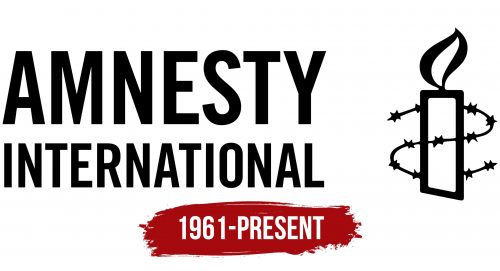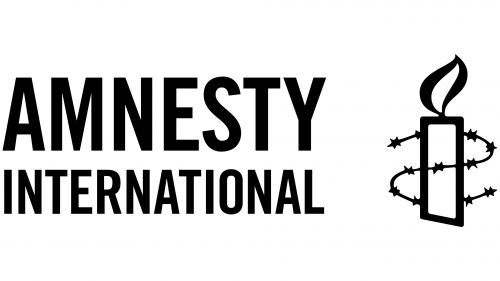 Amnesty International Logo PNG
Amnesty International Logo PNG
Amnesty International: Brand overview
In July 1961, British lawyer Peter Benenson launched Amnesty International in the heart of London. His compelling article “The Forgotten Prisoners” in The Observer sheds light on people imprisoned for certain political views. The profound impact of his words encouraged readers to support the cause of these prisoners by writing letters in their defense.
Prompted by this support and with the assistance of Eric Baker, Benenson initiated the 1961 Amnesty Appeal campaign. This endeavor, headquartered in London, bore fruit by 1962, as public pressure secured the release of political prisoners in many countries.
By 1963, the movement had evolved into an official non-governmental organization called Amnesty International. This was a period of organizational formation, during which national sections were established. The first international meeting was held in Belgium and was attended by representatives from 11 countries.
In the following two decades, Amnesty expanded its horizons. It became a symbolic figure in the struggle for human rights, advocating for prisoners of conscience, political prisoners, and those subjected to human rights violations worldwide.
Amnesty’s tireless commitment to upholding human dignity was recognized in 1977 when the organization was awarded the Nobel Peace Prize. Its work has focused on upholding the cornerstone principles of human rights.
Amnesty’s impact is still tangible today, with a network of more than 10 million supporters worldwide. The organization remains at the forefront of the fight, advocating for causes ranging from eradicating the death penalty to protecting women’s rights, supporting refugees, fighting injustice, and fighting global poverty.
Meaning and History
1961 – today
The logo of this human rights group combines text and a meaningful picture. The group’s name is placed at the top, arranged over two lines to look even on both sides. To do this, the designers cleverly changed the size of the letters, making the bottom ones smaller and the top ones bigger. This makes the text look balanced and neat.
Right next to the name, there’s an important symbol: a candle wrapped in barbed wire. This picture is full of meaning. The brightly lit candle symbolizes hope and the fight against injustice, showing light in dark times. The barbed wire shows people’s tough challenges when fighting for their rights and freedom.
Together, the candle and barbed wire tell a story of courage and hope despite difficulties. This logo is more than just a design; it tells the story of the fight for human rights. It shows the organization’s dedication to fighting injustice and reminds everyone of the importance of compassion and dignity. The logo symbolizes the group’s work to improve the world by standing against oppression and bringing injustices to light.




